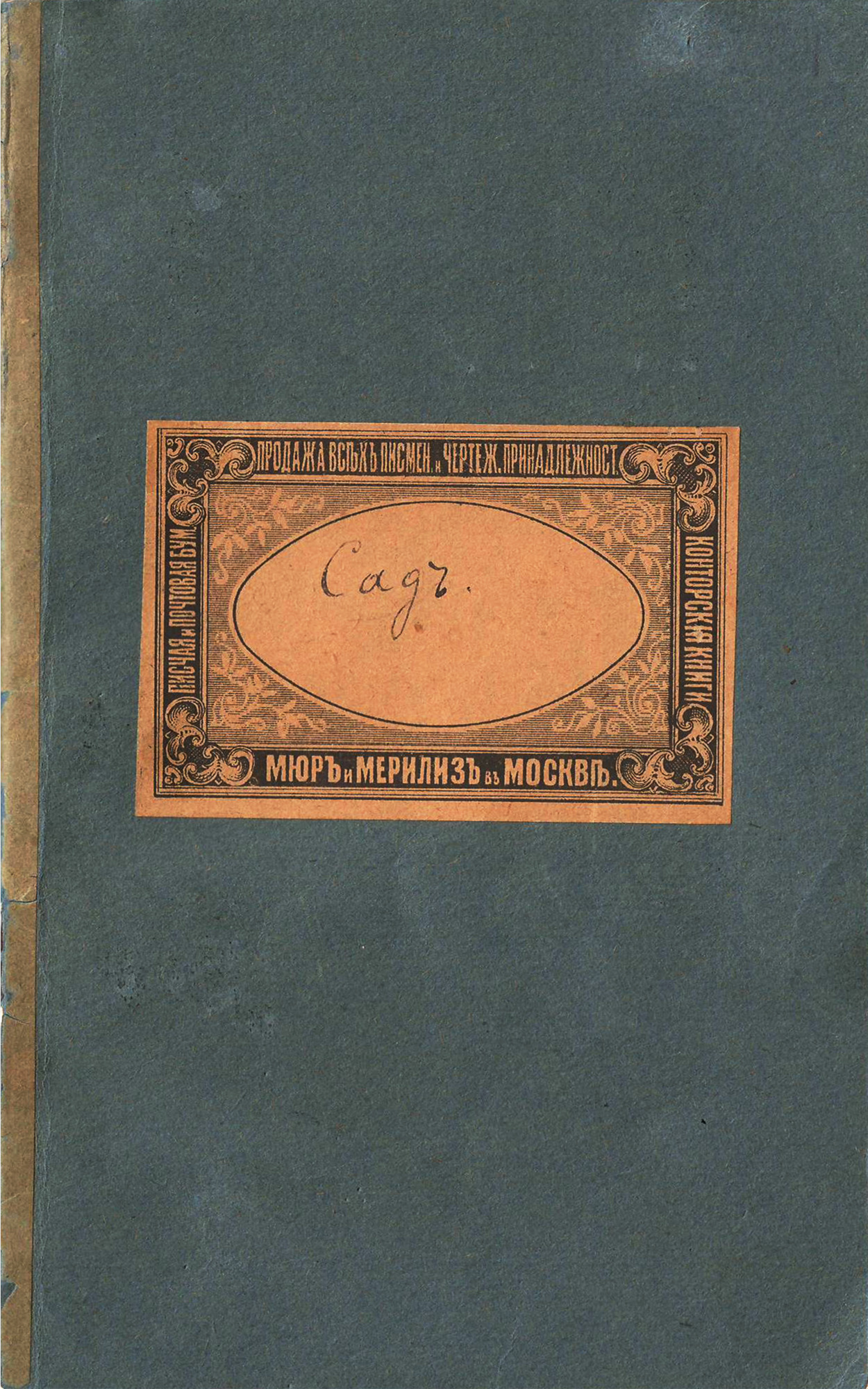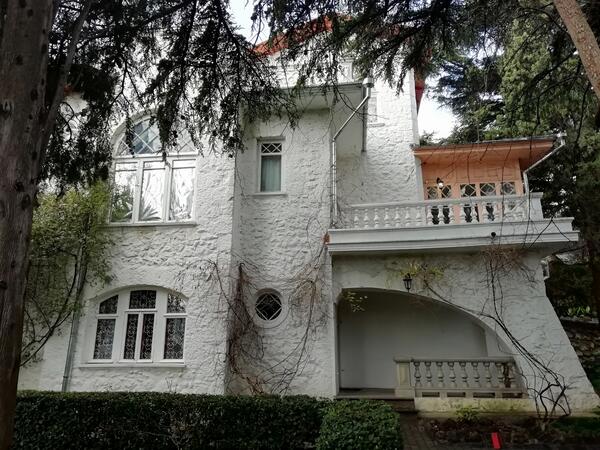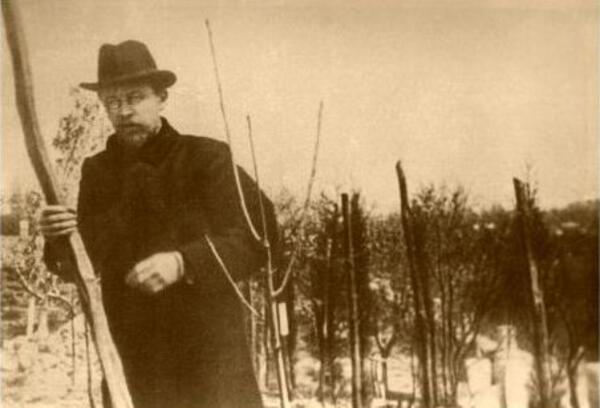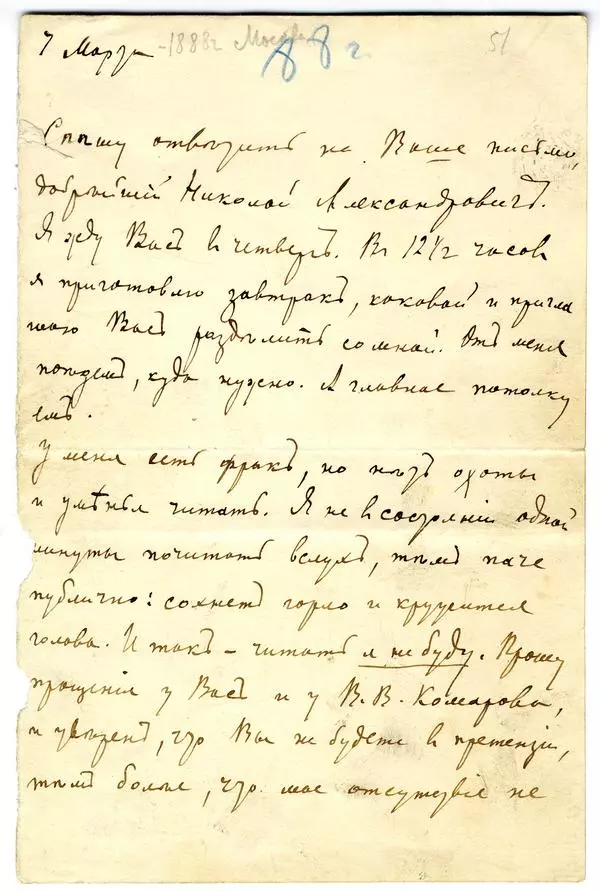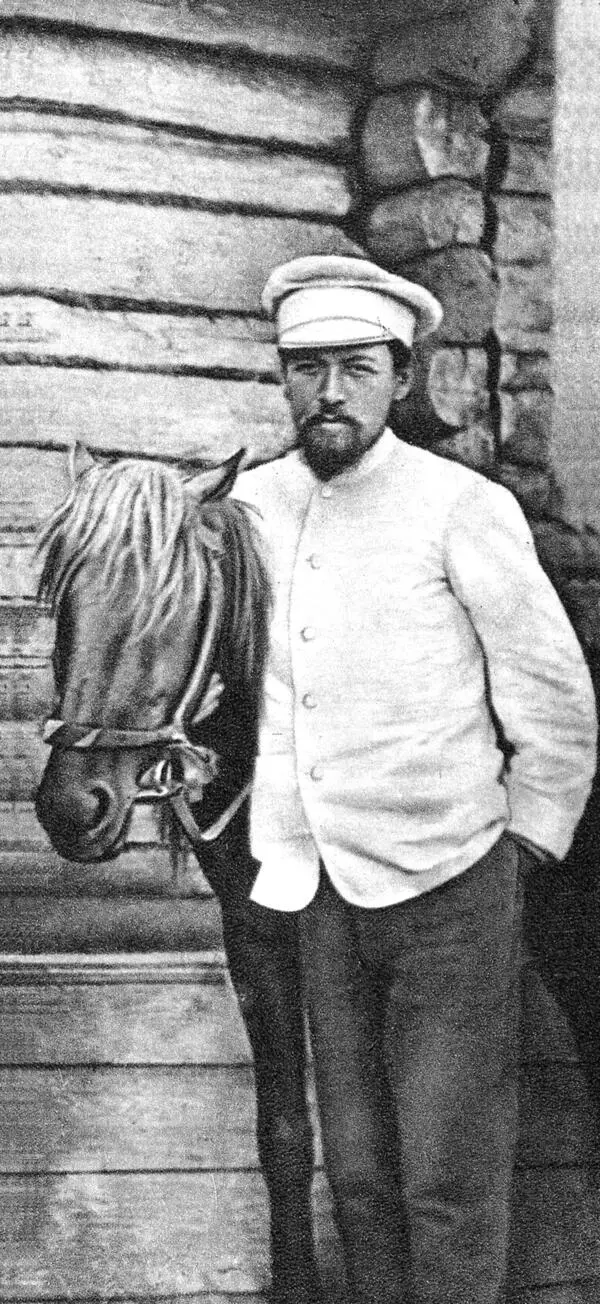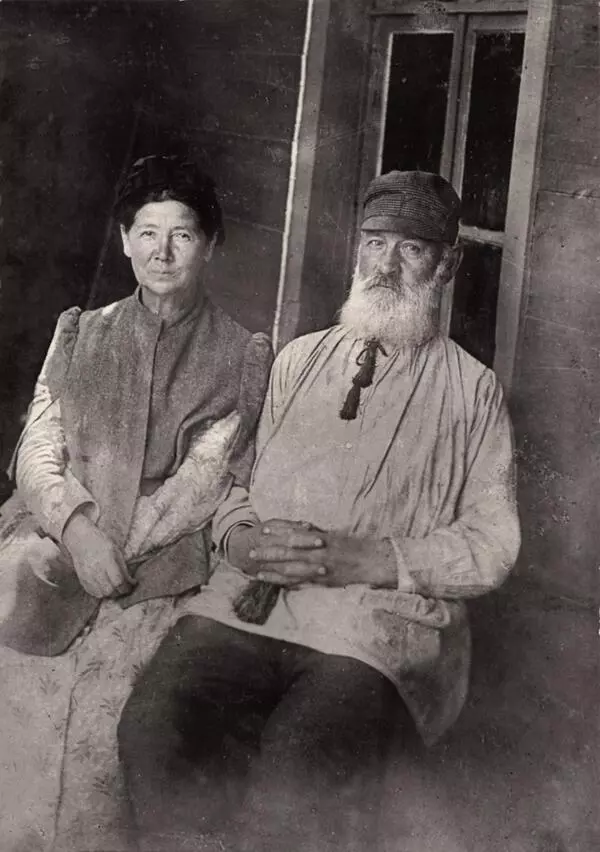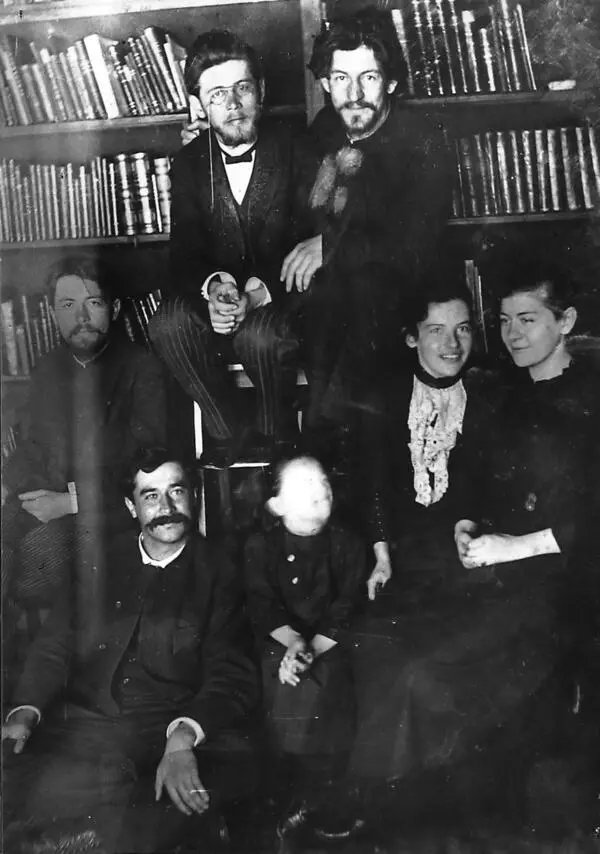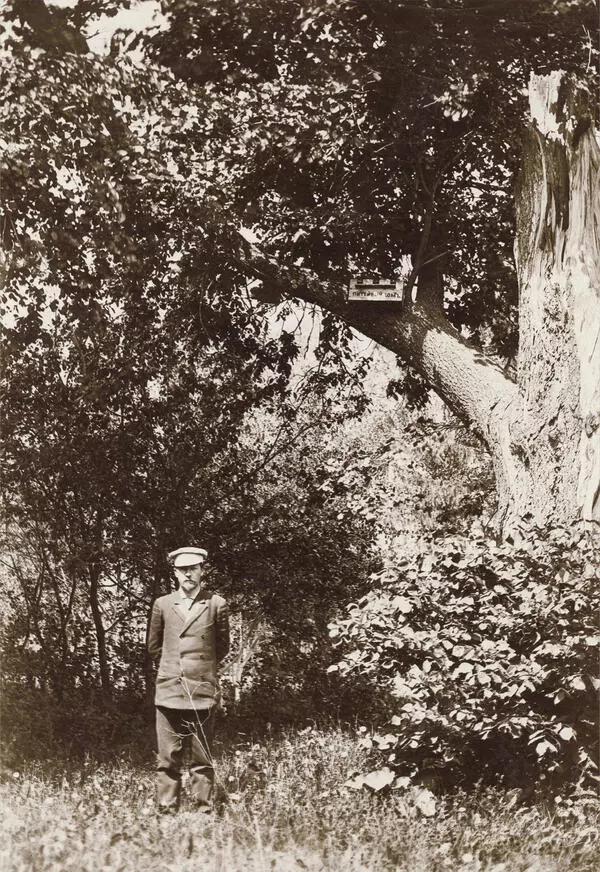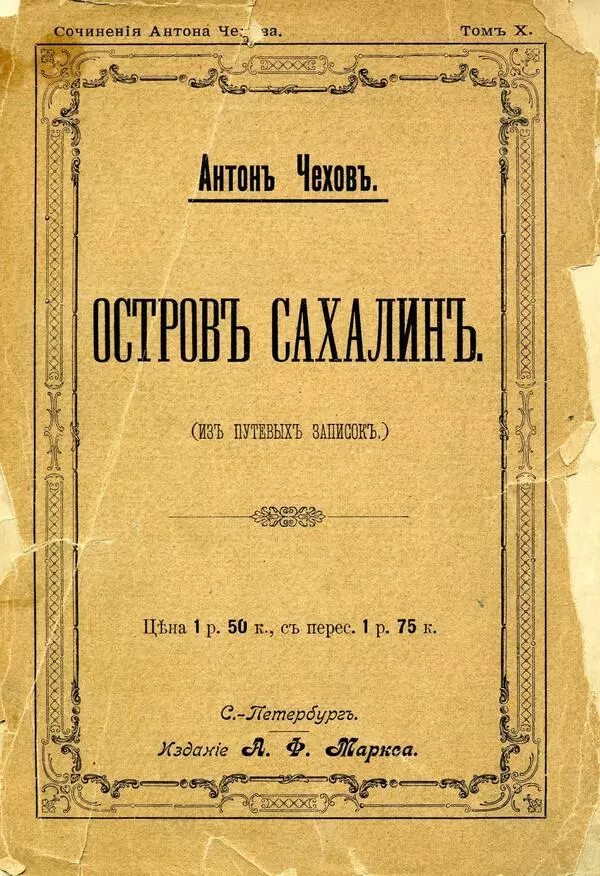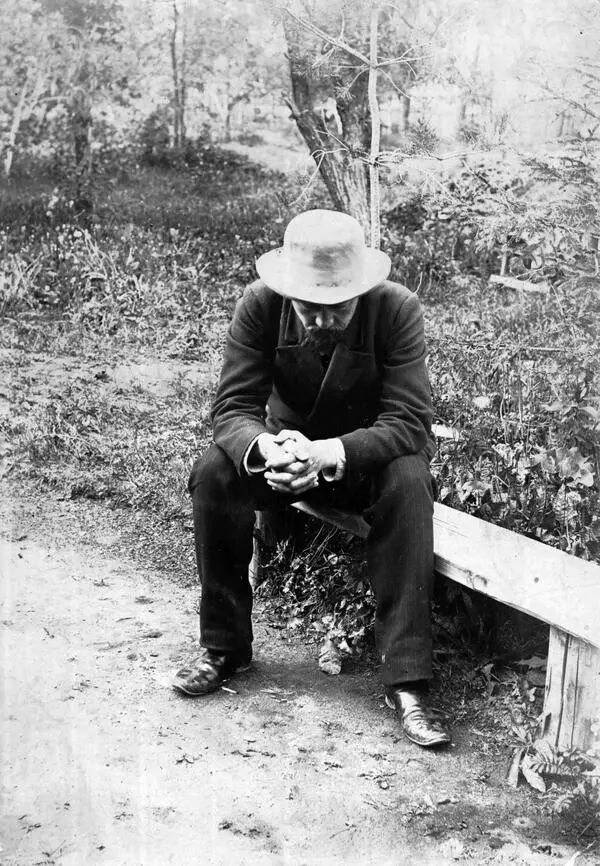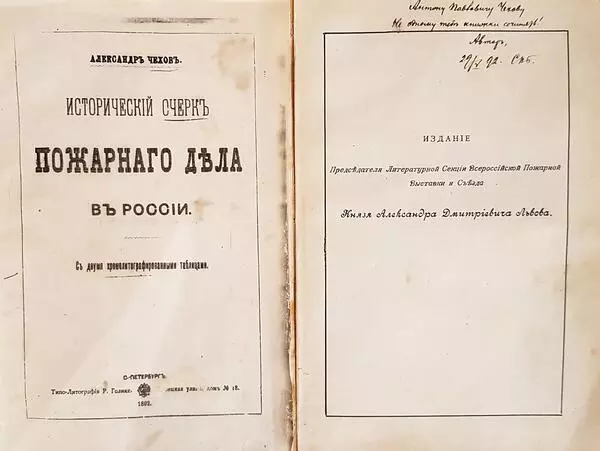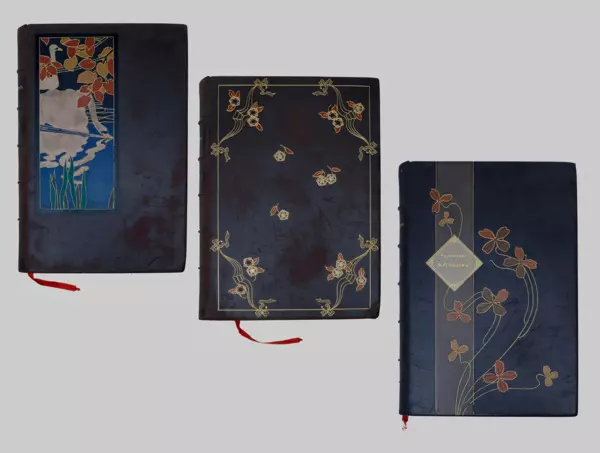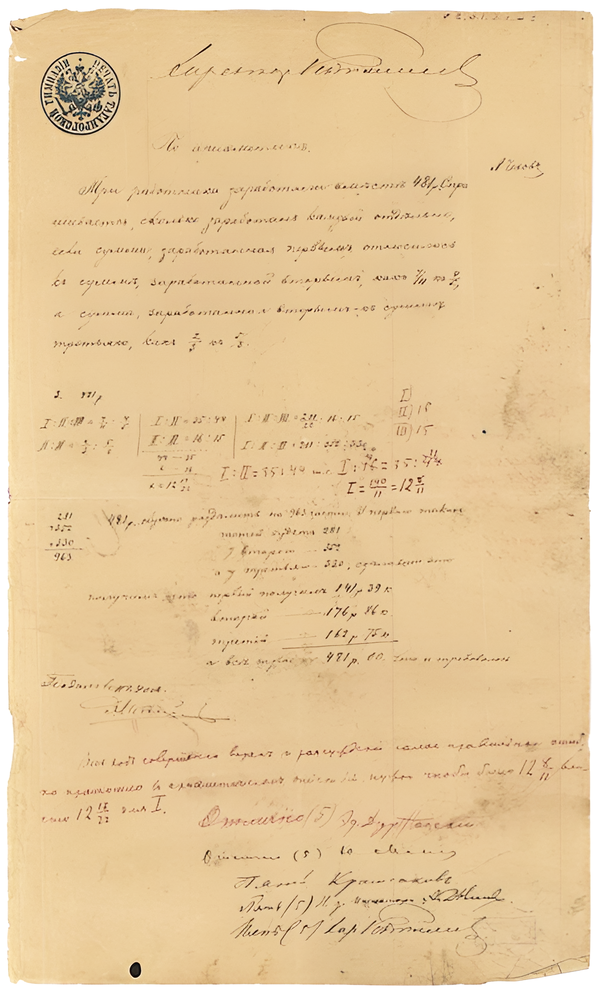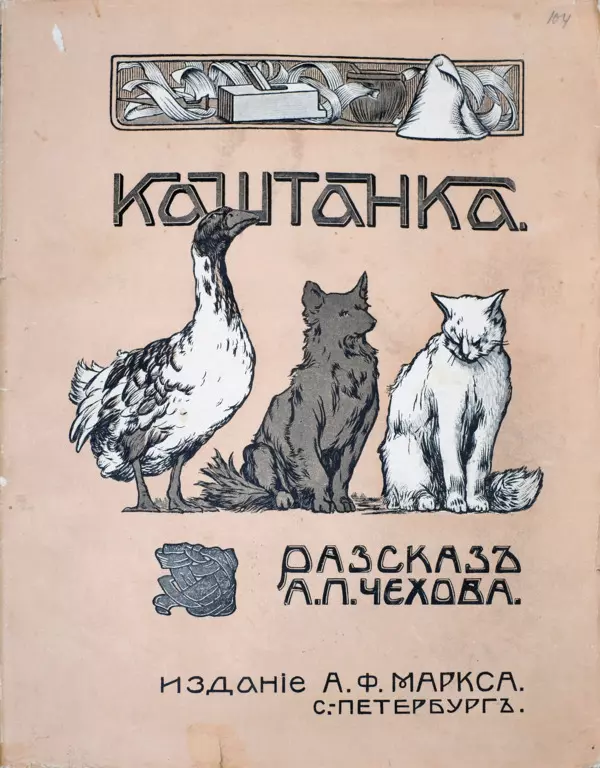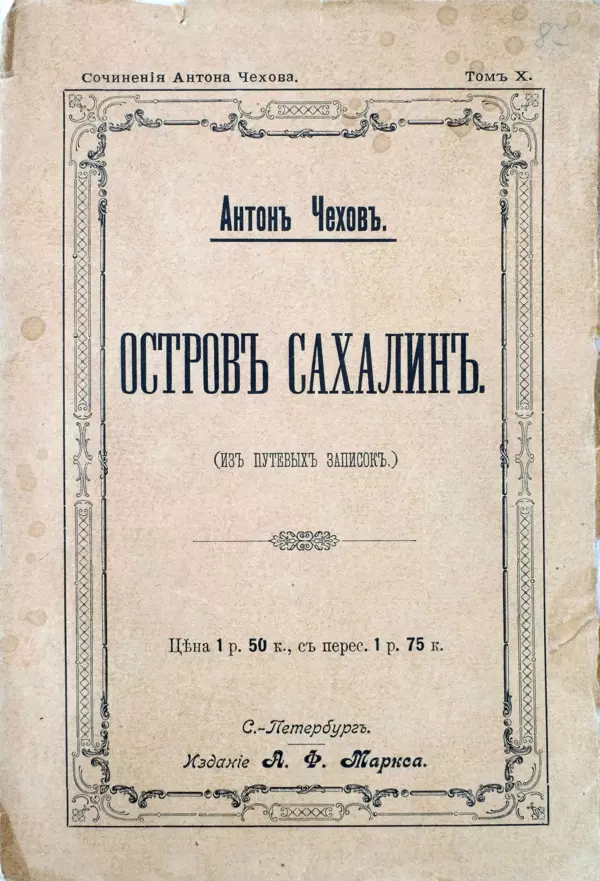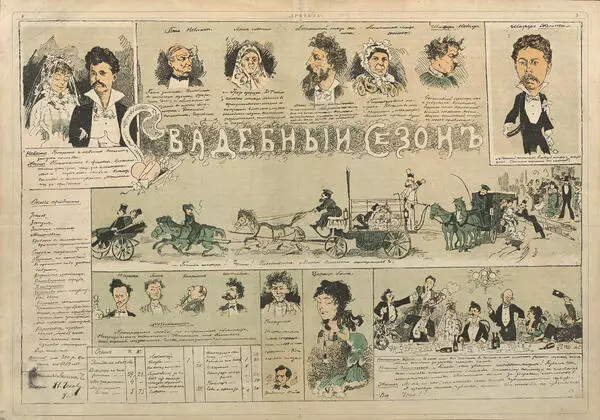Before entering Chekhov’s house, guests cross the garden of “eternal spring”. In the memoirs of Vladimir Nikolaevich Ladyzhensky (1859-1932) it is said about a small garden “behind a white stone fence”, cherished by “such a caring hand.” With this caring hand, Chekhov wrote down the names of all the plants that he planted in his garden in a special garden notebook that is in front of you. In total, 159 items are included in it. Chekhov made marks in this notebook with multi-colored pencils. For these purposes, he used green, red and crimson colors.
1 / 10
“The Garden” notebook
Время создания
1899–1904
Место создания
Yalta
Размер
17,9x11,2 cm
17,9х11,2 cm
17,9х11,2 cm
Техника
Notebook, ink, pencils, manuscript
Коллекция
7
Открыть в приложении#1
Chekhov Anton Pavlovich
‘The Garden’ notebook
#2
#3
Chekhov’s garden and estate in Yalta
#4
The garden was set up by Chekhov in November 1898. On February 12, 1899, Anton Pavlovich wrote to his brother Ivan that, despite the snowfall, it was already spring in Aoutka and he began to plant the first trees. And in a letter to Maria Pavlovna, the writer said that he had planted ‘12 cherries, 4 pyramidal mulberries, two almonds…’ and was glad that old trees were also beginning to bloom.
The garden’s setting was preceded by terracing the slopes with Crimean limestone walls. This prevented landslides and destruction of the topsoil. Each terrace has become a site with its own microclimate and unique plants. Chekhov independently determined the types of flora for each of these zones: the dacha was surrounded by ornamental plants, to the northeast of the house Anton Pavlovich planted fruit trees and shrubs, among which the so-called “French vegetable garden” was located.
Chekhov finally decided on the layout of the garden at the end of 1899. Along with this work, he carefully selected plants. Anton Pavlovich personally purchased seedlings, bulbs and seeds in many gardening companies, giving preference to subtropical shrubs, perennials, fruit and ornamental trees. Such plants were best suited for the Yalta climate, close to the Mediterranean. Such a scrupulous approach reveals in Chekhov a person who strives to achieve the best results in everything, no matter what he does. For Anton Pavlovich, the garden was more than a hobby, which is confirmed by his own admission: “It seems to me that if it was not for literature, then I would be a gardener.”
The garden’s setting was preceded by terracing the slopes with Crimean limestone walls. This prevented landslides and destruction of the topsoil. Each terrace has become a site with its own microclimate and unique plants. Chekhov independently determined the types of flora for each of these zones: the dacha was surrounded by ornamental plants, to the northeast of the house Anton Pavlovich planted fruit trees and shrubs, among which the so-called “French vegetable garden” was located.
Chekhov finally decided on the layout of the garden at the end of 1899. Along with this work, he carefully selected plants. Anton Pavlovich personally purchased seedlings, bulbs and seeds in many gardening companies, giving preference to subtropical shrubs, perennials, fruit and ornamental trees. Such plants were best suited for the Yalta climate, close to the Mediterranean. Such a scrupulous approach reveals in Chekhov a person who strives to achieve the best results in everything, no matter what he does. For Anton Pavlovich, the garden was more than a hobby, which is confirmed by his own admission: “It seems to me that if it was not for literature, then I would be a gardener.”
#7
Chekhov planting trees in the garden
#8
Most of the plants were planted in 1899. But Chekhov continued to manage the garden throughout the entire Yalta period of his life. In November 1899, Anton Pavlovich wrote that he was very pleased with the dacha. “It”s cozy, warm and the view is good. The garden will be extraordinary, ” noted Anton Pavlovich. And then he listed that with his own hand he planted “50 pyramidal acacias, many camellias, lilies, tuberose…”.
The very idea of creating a garden pursued not just the improvement of the area around the house. For Chekhov, it was the same creative process as the production of immortal works - an artistic concept followed by implementation and numerous modifications.
The very idea of creating a garden pursued not just the improvement of the area around the house. For Chekhov, it was the same creative process as the production of immortal works - an artistic concept followed by implementation and numerous modifications.
#9
Ministry of Culture of the Russian Federation
читать дальшескрыть
00:00
00:00
1x
“The Garden” notebook
Время создания
1899–1904
Место создания
Yalta
Размер
17,9x11,2 cm
17,9х11,2 cm
17,9х11,2 cm
Техника
Notebook, ink, pencils, manuscript
Коллекция
7
Открыть в приложении
Поделиться
